Nailfold Videocapillaroscopy vs Nailfold Capillaroscopy: A Guide
Nailfold Videocapillaroscopy vs Nailfold Capillaroscopy: A Guide
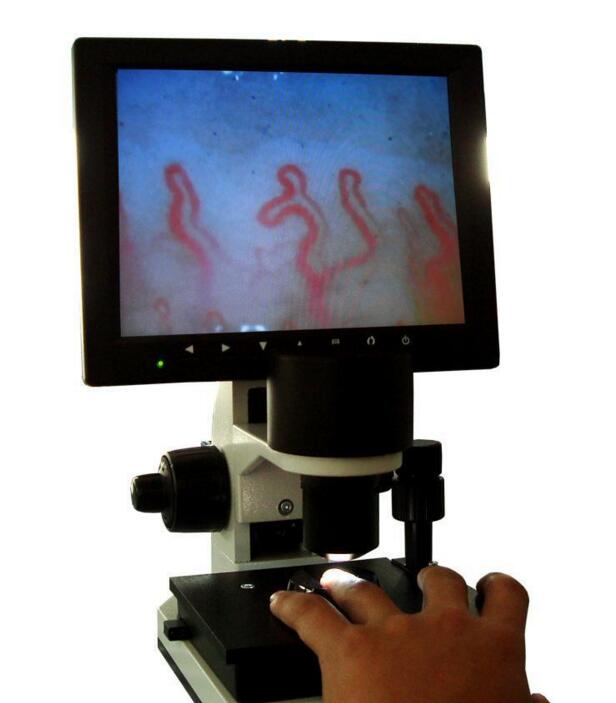
When it comes to assessing the health of the microcirculation, nailfold capillaroscopy and nailfold videocapillaroscopy are two commonly used diagnostic tools. While similar in many ways, these techniques have some key differences. In this article, we’ll explore the working principles, advantages, who needs them, and the application industries of these two approaches.
Working Principles
Nailfold capillaroscopy involves examining the capillaries under a microscope using a magnifying lens. The examiner applies oil to the skin around the nailfold of the fingers or toes and takes images of the capillaries using a microscope. The images are then analyzed to diagnose various systemic autoimmune diseases. Nailfold videocapillaroscopy, on the other hand, is a more advanced technique that uses a video microscope to observe the capillary movement in real-time. This allows for a more accurate and detailed assessment of capillary blood flow, including its direction, speed, and ability to fill and empty. The images captured can be magnified and analyzed later, providing more precise diagnostics.
Advantages
1. Nailfold videocapillaroscopy is more sensitive and specific than nailfold capillaroscopy, making it a more accurate diagnostic tool for identifying autoimmune diseases such as scleroderma.
2. Nailfold videocapillaroscopy allows for real-time observation of the capillaries, which can uncover subtle changes that may be missed by nailfold capillaroscopy.
3. Nailfold videocapillaroscopy is less invasive than other diagnostic methods, such as skin biopsies, and requires no anesthesia or downtime.
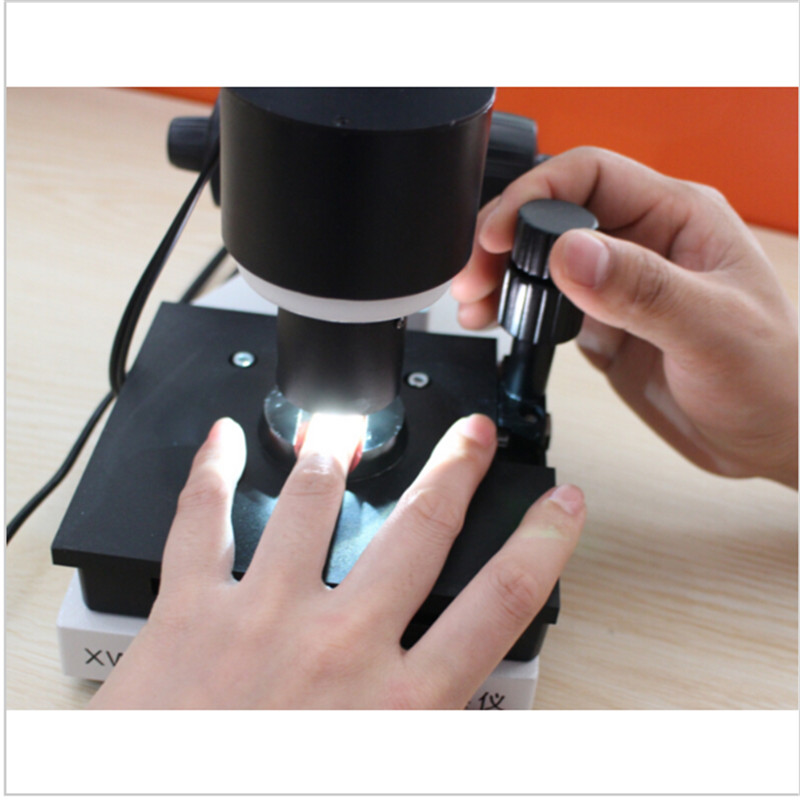
Who Needs Nailfold Capillaroscopy vs Nailfold Videocapillaroscopy?
1. Patients with Raynaud’s phenomenon, which is a condition that causes fingers and toes to turn white or blue in response to cold temperatures or stress.
2. Patients with autoimmune diseases such as scleroderma, systemic lupus erythematosus (SLE), and dermatomyositis.
3. Patients with suspected vascular abnormalities.
4. Individuals undergoing chemotherapy, which can cause changes in the microcirculation.
Application Industries
1. Rheumatology and immunology clinics
2. Dermatology clinics
3. Oncology clinics
4. Research institutions
5. Medical schools
6. Pharmaceutical companies
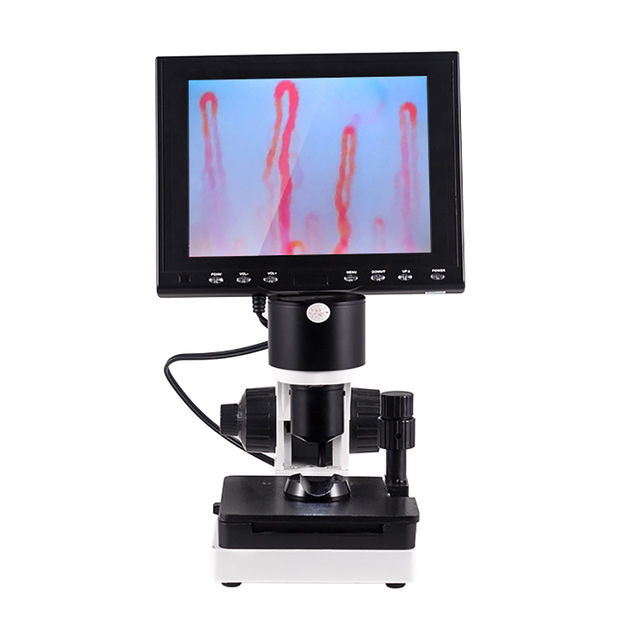
Contact us to get the price
Both nailfold capillaroscopy and nailfold videocapillaroscopy are valuable tools for assessing the health of the microcirculation. However, nailfold videocapillaroscopy is more advanced and offers several advantages over nailfold capillaroscopy.
If you believe you may benefit from either of these techniques, talk to your doctor to determine which one is best for you. For pricing information, please contact us via email.
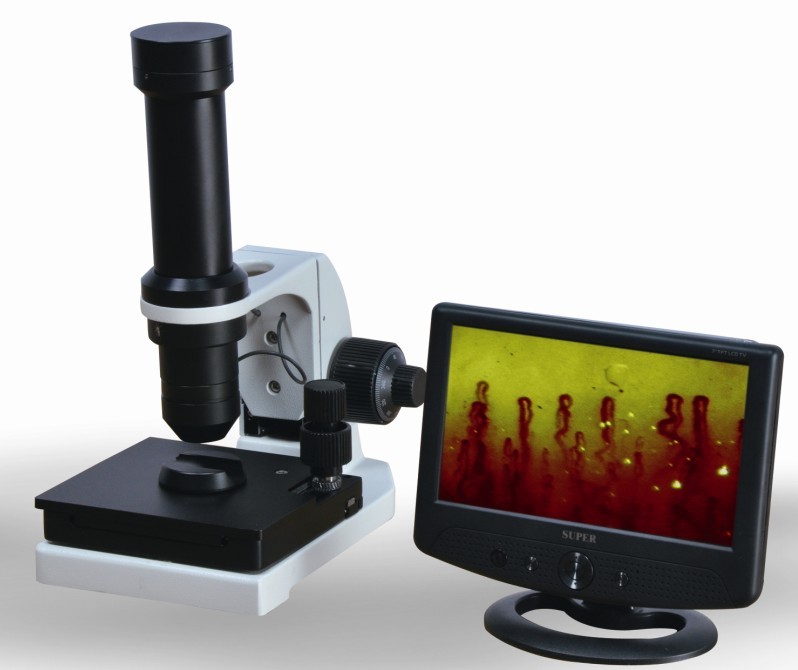
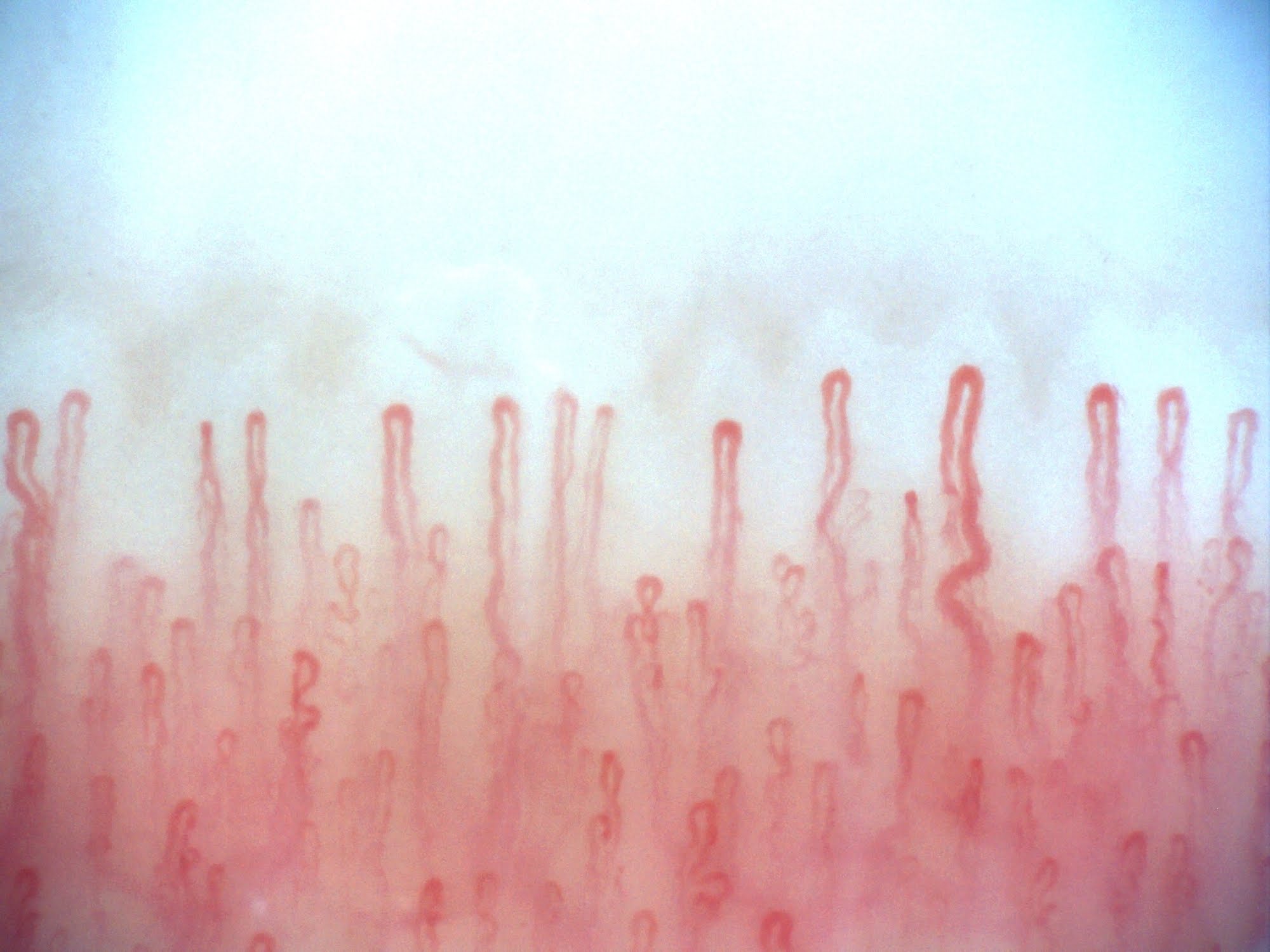
Related Items





